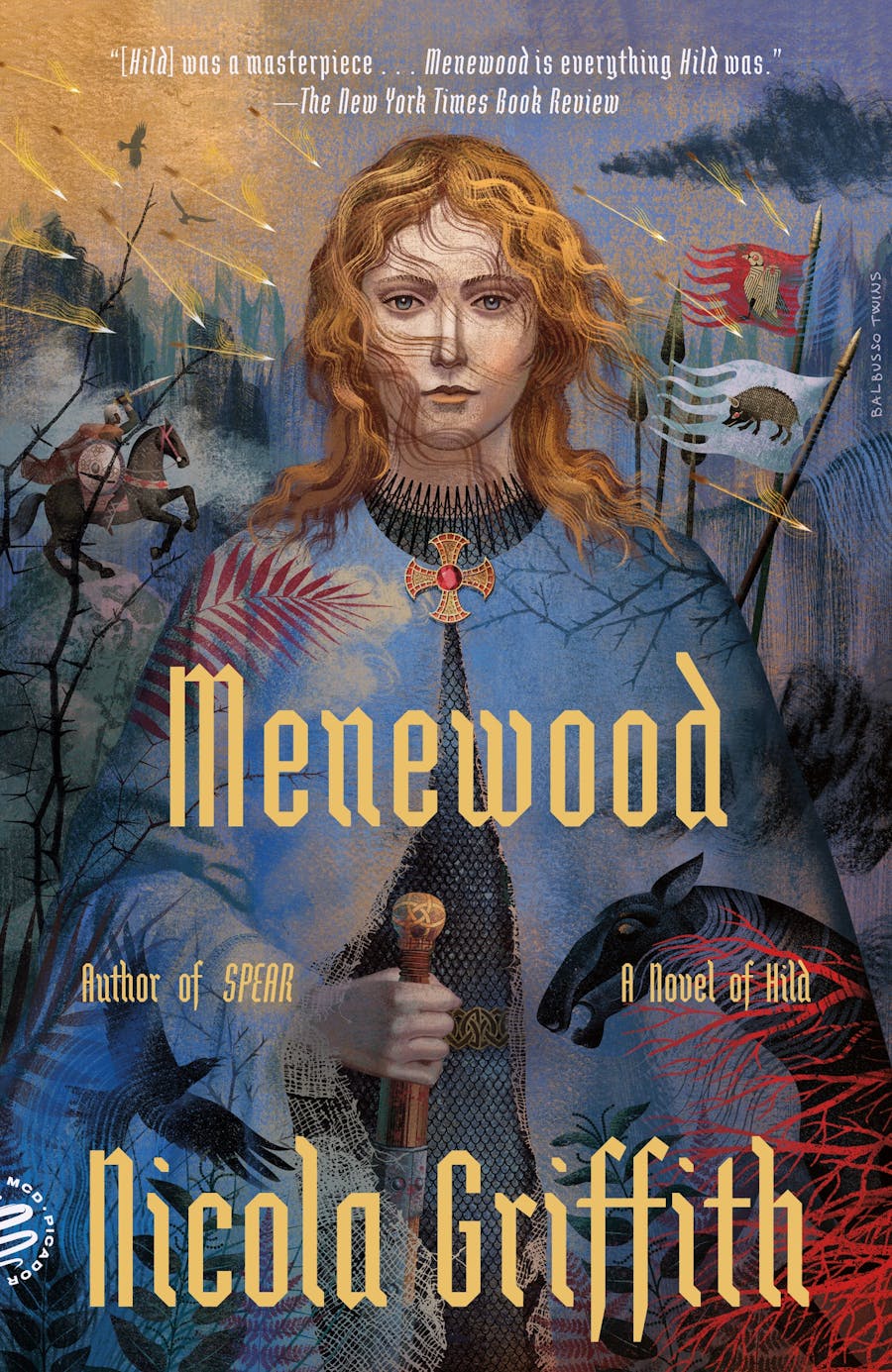When I need a break from the very bad news that wants to control my life and eat my brain, I watch old TV. The series I’m watching right now is the original The Tomorrow People. There is a reason for this. Not a very sensible reason. I’m not watching it because it’s primary fodder for my research (though if something comes up, I keep that something in mind): I’m watching it because it is the TV series that matched my age and interests when I was a teen. I needed to discover some parts of my past. Re-visiting the past is particularly useful when the present isn’t as easy as it could be.
Australia was a lot less USA-like in the 1970s, and The Tomorrow People is a classic science fiction show targeted at teens, and I was a classic SF tragic when I was a teen, and… let me get back to the beginning.
The Tomorrow People was shown from 1973 until 1979.
If I were to ask you to to take a wild guess as to when I began high school I hope that you would say ‘1973’ without hesitation. I was eleven-going-on-twelve. I was a science nerd and a history nerd but we had no words to describe that. The science didn’t need a term to help it fit into my life, because my mother was a science teacher. The history I had to argue for and persuade people that museums were worth visiting.
“You have half an hour” I was told when we went caravanning. Five minutes if it was a monument, half an hour if it was a museum. I found ways of spinning out that half hour. When I found a display of diamonds that had been found in streams (it was the goldfields, of course diamonds were found in streams, though in my case I found a few minuscule rubies and garnets, some gold and a vast amount of cassiterite) the whole family came in to investigate them. We understood rocks. All of us. Rocks and food. And, for me, baby clothes and irons from a century ago, and anything written or printed from before I was born and…
I’ve wanted to understand the whole world around me since I was about two. I was told “It will get boring” and it never has. A friend gave me an Australian cookbook from 1968 just this week, as an early birthday present (when things are difficult friends give early birthday presents, I suspect) and I cannot put it away until it has been thoroughly explored and my relationship with each and every recipe has been re-established… I knew this book when it first came out, you see. I was seven. I loved it then and, now, at 62, I have my own copy and life is suddenly so happy I needed to rewatch The Tomorrow People.
I am quite possibly, a failure, but I’m a failure who developed an early love of science fiction. SF and food are two of my happy places.
When I was heading for my teens, I read SF magazines from the US and watched a few TV series from the US but mostly, in the 70s, it was Doctor Who and Blake’s Seven and The Tomorrow People. For me it was, anyhow. The Tomorrow People was the one with children like me, who didn’t fit in. I couldn’t do telepathy, but I liked the TV series so very much that an aunt gave me Franklin’s ESP (a board game for incipient telepaths) for my birthday. I could try to be a Tomorrow Person. I could write stories about it. That need to write stories stuck, but my need to teleport did not.
My favourite actor on the series was Elizabeth Adare. I discovered today that this was because her acting style channels my inner teacher. I wanted to meet her. The actress, not the character. I probably still do. She was the right public person when I was the right age to pay attention. The series of The Tomorrow People where she was absent felt a little bereft. Why is this so? (A totally misplaced quote from an Australian science TV show, also from my childhood.) It’s because The Tomorrow People finished just when I left school and went to university. It lasted just the right amount of time. There was an adult woman on the television who was permitted to be intent and interesting and intelligent and when the actress was interviewed she was even more interesting and intelligent. We all need role models: I was very lucky to have that one at that precise and difficult time.
And now, if you’ll kindly excuse me, I have books to see and TV to meet.


